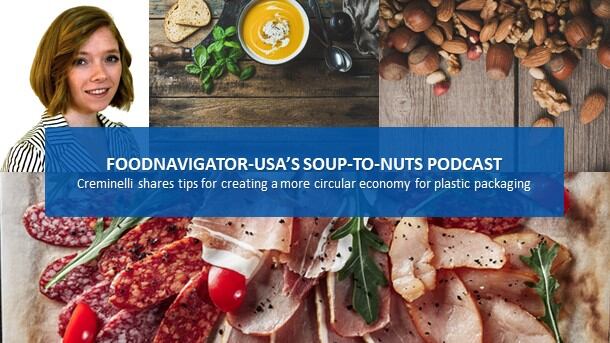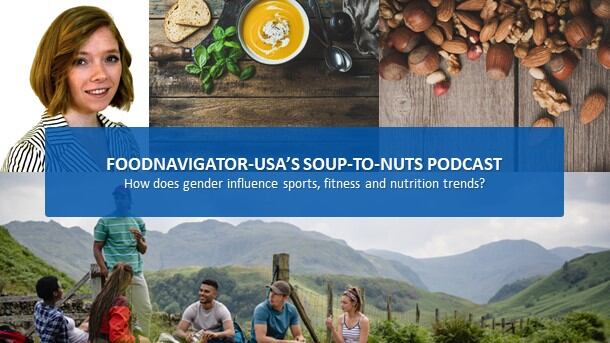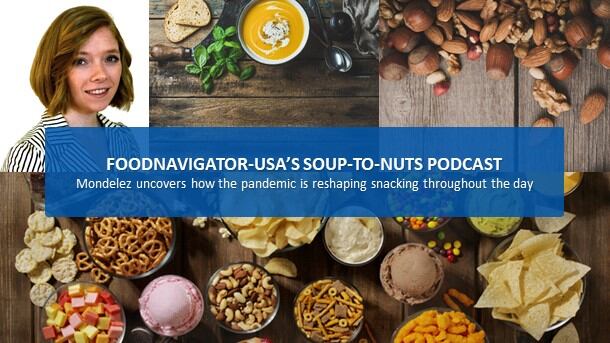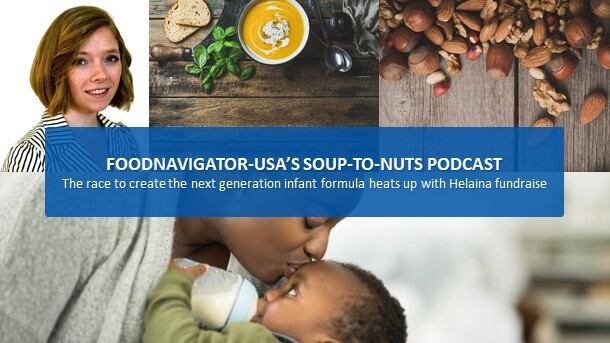According to the most recent progress report for the New Economy Global Commitment, funded by the Ellen MacArthur Foundation and the UN Environment Program, the CPG industry’s use of virgin plastic finally appears to be on a downward slope after decades of exponential growth with participating brands and retailers reporting a collective reduction in virgin plastic consumption of 1.2% between 2019 and 2020 – following a 0.6% reduction the previous year. This is after the global plastics market grew from about 2 million metric tons in 1950 to more than 300 million metric tons in 2015.
Among food companies participating in the Global Commitment, 80% reduced their virgin plastic packaging by 5% on average between 2019 and 2020, although some drove far larger decreases, including Unilever, which dropped by 50%, Nestle by 33% and Mars by 25%.
Although praiseworthy, this decrease was partly driven by COVID-19 disruptions that likely are not as sustainable as more intentional efforts, such as reducing virgin plastic by increasing the use of post-consumer recycled content – a strategy that the food industry has struggled to leverage despite several large players committing to using 25-30% post-consumer recycled content weight in plastic packaging by 2025. Indeed, as of the end of 2020, food industry signatories used an average of just 2.6% post-consumer recycled content – the lowest of all the sectors analyzed.
While using post-consumer recycled content in food packaging without sacrificing quality or contributing to other environmental challenges, like food waste, is difficult -- it is not impossible, as illustrated by Creminelli Fine Meats successful launch this month of trays for its premium sliced charcuterie products made from 80% post-consumer recycled content.
In this episode of FoodNavigator-USA’s Soup-To-Nuts podcast, Eric Schwartz-Johnson, the chief marketing officer at Creminelli’s parent company Charcuterie Artisans, shares how the company achieved this significant milestone, including limiting factors and challenges it overcame, why the move is not just good for the planet but also the brand’s business, and how it fits into the company’s larger sustainability goals.
[Editor’s note: Never miss another episode of FoodNavigator-USA’s Soup-To-Nuts podcast – subscribe today.]
Leveraging post-consumer recycled content in food packaging is complicated
For Creminelli, the decision to transition from 100% virgin plastic to 80% post-consumer recycled content was easy to make once it realized the potential environmental impact, according to Schwartz-Johnson – but the evaluation process was complex.
He explained that companies need to consider the whole life-cycle of packaging and how one change could positively or negatively impact other aspects of a product’s environmental impact and business’ primary goals. This also needs to be weighed against potential other investments that could have a bigger impact.
“We looked across our business and said, ‘Hey, what is the step we can take … where we can have a real impact,” and we realized it was by changing how we make the plastic trays for the more than 10 million sliced charcuterie products we sell annually, Schwartz-Johnson said.
He explained in factoring how much post-consumer recycled content the company could incorporate into its trays it considered wanting to keep the trays transparent, “because that is part of our ethos as a company is we really want people to be able to see our product and understand what they are getting when they buy it.”
It also considered how incorporating the material would impact shelf life because it was unwilling to compromise on quality or safety and it didn’t want a short shelf life that might contribute to food waste, he added.
With this in mind, the company found it could go as high as 80% post-consumer recycled material and still check food safety, quality and presentation variables that were essential to the brand.
Creminelli also is taking steps to reduce the environmental impact of the corrugated cases in which it ships it products by sourcing from a supplier that uses 100% renewable, recyclable fibers and which plants the equivalent of one and a half trees for each tree that it uses to produce its corrugate.
“Leaning into the cost” of post-consumer recycled content
Another challenge that may be holding other food players back from incorporating more post-consumer recycled content into their packaging is the cost, which Schwartz-Johnson acknowledges is higher and not necessarily something brands can pass on to consumers – many of whom increasingly see sustainability efforts as table stakes.
“You do pay a premium for post-consumer recycled materials, and the less of it you use in your packaging, obviously, the cheaper it is to produce that packaging. But we felt like this was an investment that was really worth making,” not just because it is better for the environment but because it is what consumers want, Schwartz-Johnson said.
In order to realize the full return on investment from a branding, consumer engagement and sales perspective, Creminelli needed to effectively communicate to shoppers the importance of the packaging change and how it was representative of the company’s broader values.
It opted to prominently displace on the front of the packaged that the tray is made of 80% post-consumer recycled content and include a QR code that allows consumers to learn more on the company’s website.
“One thing that is really important to communicate to consumers or help consumers understand more about this issue is making these impacts tangible. Sustainability is so broad and it is really complex,” which is why the company notes that by switching to 80% post-consumer recycled content it is diverting the equivalent of 11 million water bottles annually from landfills and oceans, Schwartz-Johnson said.
Sustainability goals beyond packaging
Creminelli’s sustainability efforts extend beyond its packaging into how it sources pork for its premium charcuterie with the company prioritizing animal welfare by using only what it calls only 100% Humanely-Raised pork from family-owned farms.
“We have a standard we call humanely-raised that encompasses a whole of different dimensions and how the pigs are raised. So, it means that they have access to the outdoors, they’re raised in open living conditions, they’re fed a vegetarian diet. We don’t use animals in our production that are treated with antibiotics. They don’t use gestation or farrowing crates,” all of which the company believes improves the animals’ quality of life, Schwartz-Johnson explained.
By raising the bar for animal welfare, Creminelli also raised the standards for the quality of its products and the livelihoods of the farmers from whom it sources.
Schwartz-Johnson explains that the quality and taste of the meat is enhanced when animals are not stressed, and that this care allows family farmers to charge a premium, which in turn helps them stay in business and compete against larger companies.
A strong business proposition
While Criminelli may initially have adopted its animal welfare standards, focus on farmer support and sustainability efforts because they aligned with the founders’ values, Schwartz-Johnson notes that they also make business sense as significant growth drivers.
He explained that in recent years consumers have taken a greater interested in where their food comes from, how it is produced and its impact across the value chain, and now that knowledge is impacting their purchase decisions at a level he has never seen before.
“If you just simply look at the performance of companies that have integrated sustainable practices into their business models, they're simply performing better than companies that aren't. A couple of statistics that really resonated with me, despite the fact that sustainably marketed products are about 16% of the total consumer packaged goods market, they delivered 55% of consumer packaged goods grows and grew seven times faster than conventional products. So one of the things that I think is exciting about this is that we're at this convergence, where people aren't just interested in this or talking about it, but it's actually influencing their purchase decisions. And the companies that are behaving in ways that are more sustainable and more responsible or are benefiting from a business perspective as well,” he said.
With that in mind, Schwartz-Johnson said the company continues to push the envelope to become a more sustainable and inclusive company. It is in the process of auditing its company to see how it can improve around six core areas: energy management, food waste management, packaging, lifecycle management, food safety, responsible meat sourcing and employee engagement, which includes diversity and inclusion.
As illustrated by Criminelli’s approach, Schwartz-Johnson stressed sustainability is not a destination, but rather a journey, which means there are many ways that companies can make meaningful change and that each adjustment doesn’t need to earth-shattering, just earth-beneficial.
“It can be daunting to even know where to start,” he acknowledged. “And so my call to action, if you will, for our industry is just pick an area where you can have an immediate impact and take action. Start somewhere. It doesn’t have to solve everything at once.”




